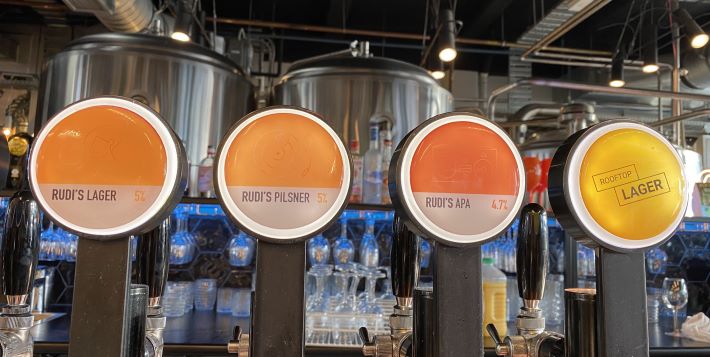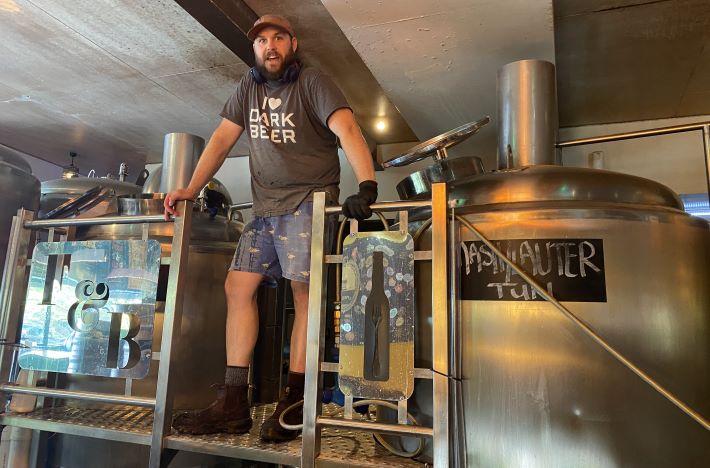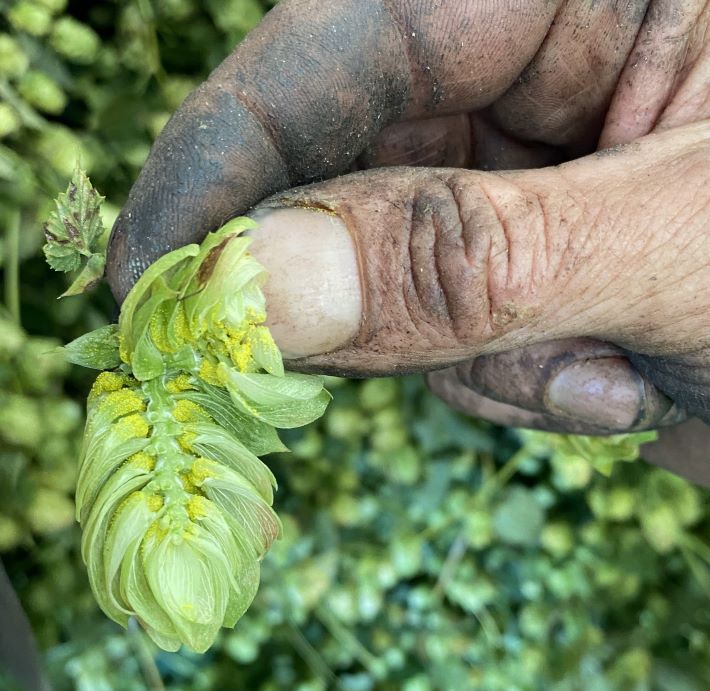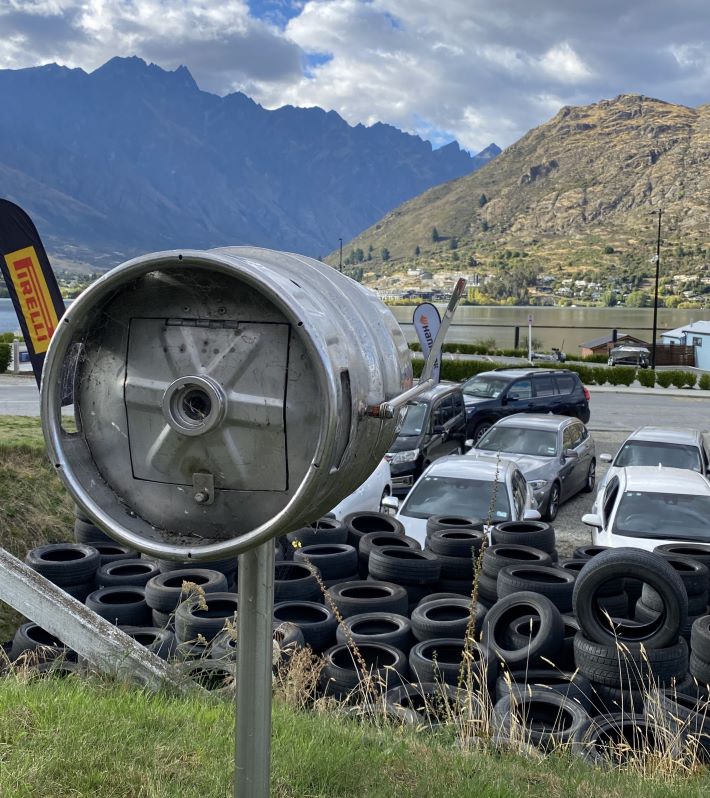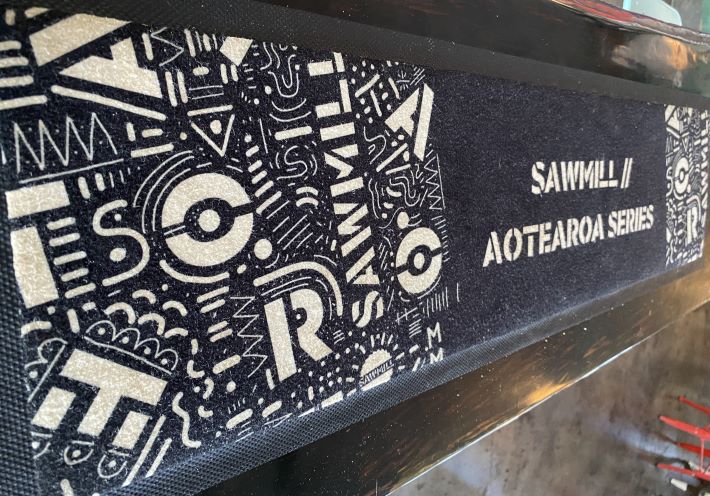
It is early in the year, but this bar mat from Sawmill Brewery will be tough to beat in the annual “best bar mat I’ve seen this year” contest I hold in my head. As seen at The Brewers Co-operative in Auckland. I want a place like the co-op within walking distance of our house in Colorado.
